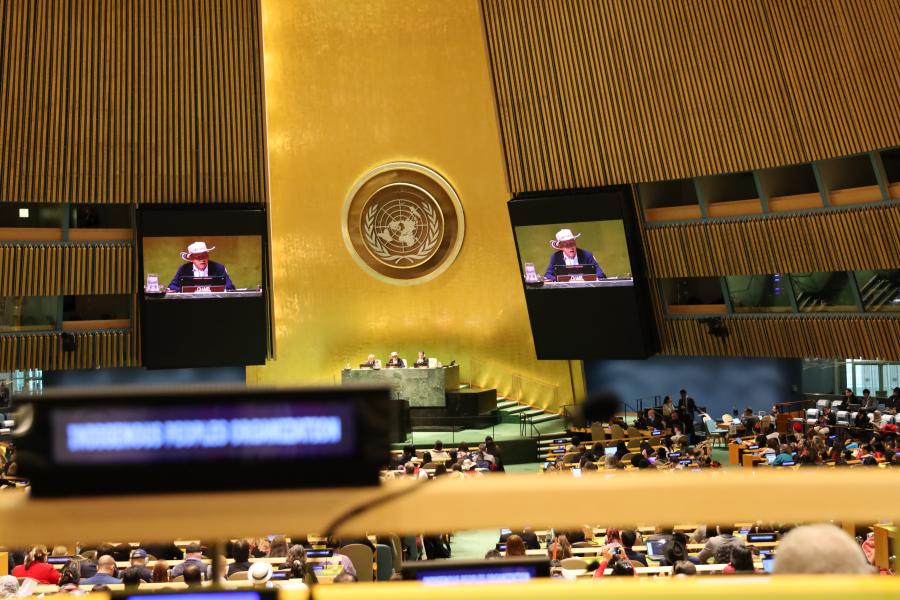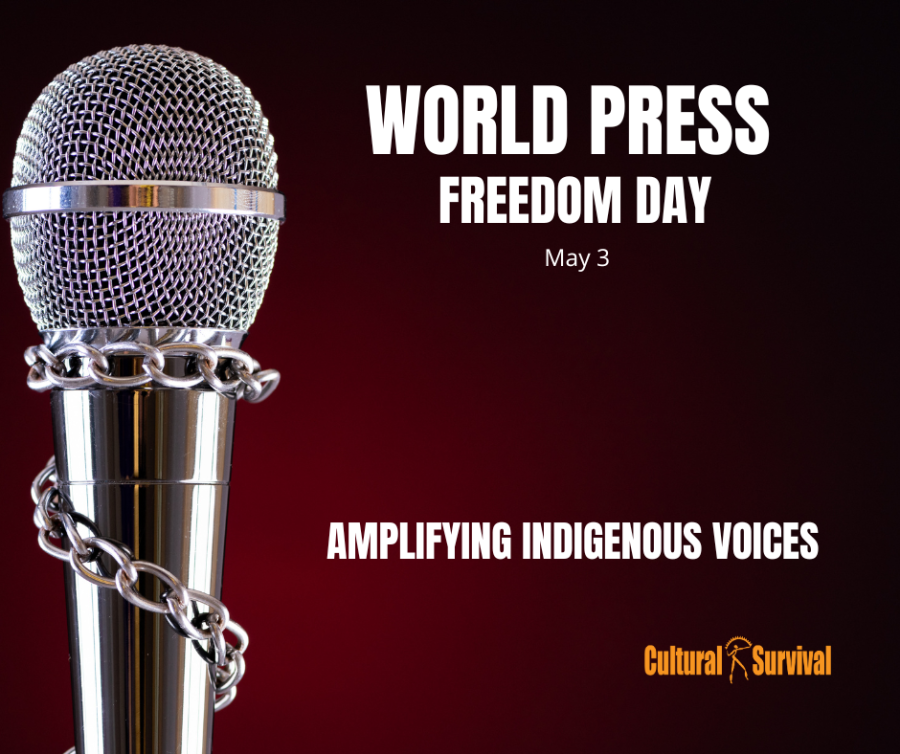
The 2014 United Nations Development Programme Human Development Report, Sustaining Human Progress: Reducing Vulnerabilities and Building Resilience, was just released on July 24, 2014. By identifying vulnerable communities and bolstering their ability to react to negative forces through collective action, governments stands to improve many of the human rights violations affecting Indigenous Peoples and marginalized groups around the world.
The Report introduces the concept of human vulnerability to describe the risk of future deterioration in individual, community, and national circumstances. It argues that progress on human development is not only dependent on ensuring access to education, health resources, and physical safety, but is “also a matter of how secure these achievements are and whether conditions are sufficient for sustained human development.” This concept of vulnerability is further broken down into systemic and perennial sources, posing the question of why some segments of the population fare better than others in the face of adversity and what connection vulnerability has to age and life stage. More than 15 percent of the global population remains vulnerable to multidimensional poverty, while 80 percent lack complete social protection.
Indigenous groups in particular are considered structurally vulnerable, as long periods of insecurity have manifested as social divisions across lines of gender, ethnicity, job type, and status. The HDR states that Indigenous peoples often experience weak protection of their property rights, exposing them to risk of expropriation and exploitation. In addition, while Indigenous Peoples make up around 5 percent of the global population, they account for 15 percent of the world’s poor and 33 percent of the world’s extreme rural poor. For example, in Latin America the average income of Indigenous workers is about half that of non-Indigenous workers.
Overlapping structural vulnerabilities, such as the greater burden of those who are poor and from a minority group, affect Indigenous communities by limiting their access to jobs, justice, and services. If human development is regarded as the effort to broaden the range of choices available to any particular individual, then vulnerability is the restriction of these choices and an individual’s command over their health, education, and personal security.
The antidote to human vulnerability is human resilience, orthe ability to cope and adjust to adverse events. This ability may be helped or hindered by existing institutions, structures, and social norms. Lateral inequality can easily diminish the coping abilities of a particular group while community support networks and robust human rights policies may empower people to overcome the obstacles of vulnerability. The HDR stresses that is important to view vulnerability in the context of age, gender, social roles, location, and other variable factors. Individuals are more vulnerable during certain critical junctures in their lives, such as during childhood, adolescence, and old age.
What can be done to improve the state of human rights on a global scale? The Report proposes tackling the problem through the direct involvement of citizens in their governance. Obtaining accurate information about people’s vulnerabilities and tracking the effects of policy interventions occurs when people have the freedom, security, capability, and voice to influence decision-making. Prompting individuals and greater governmental bodies to view themselves as global citizens that stand to benefit from the provision of global public good can initiate new forms of social solidarity.
The Report also suggests reducing vulnerability is through the creation of responsive institutions. The problem is that of the inability of an individual to influence decisions that affect one’s life; important decisions are often made by more powerful actors who may have little understanding of or interest in the vulnerability of the individual. Moving towards a solution in this area involves giving the poor and marginalized a greater say in the formation of the policies by which they will be affected and opportunities for redress when their rights are violated through discrimination or negligence.
One troubling aspect of the HDR is its lack of attention to the specific struggles of actual groups and instead allowing the discussion to revolve around its newly proposed classificatory systems. Indigenous Peoples are mentioned on only six pages of the 249 page report, with the term itself appearing a mere 11 times. Though the HDR makes its focus the marginalization of vulnerable minority groups, the Report itself seems to marginalize discussion of the particular plight of Indigenous Peoples in favor of a broader abstract discussion on the need for general policy change and the concept of vulnerability.
The HDR concludes that states must take individual and collective action to harmonize national and international policies, while governments need increased policy space in order to provide protections for citizens. Though civil society can stimulate political momentum, identifying and targeting vulnerable groups while reducing inequality and addressing structural vulnerability through cross-border collaboration will prove to be the crux of sustainable development on a global scale.



